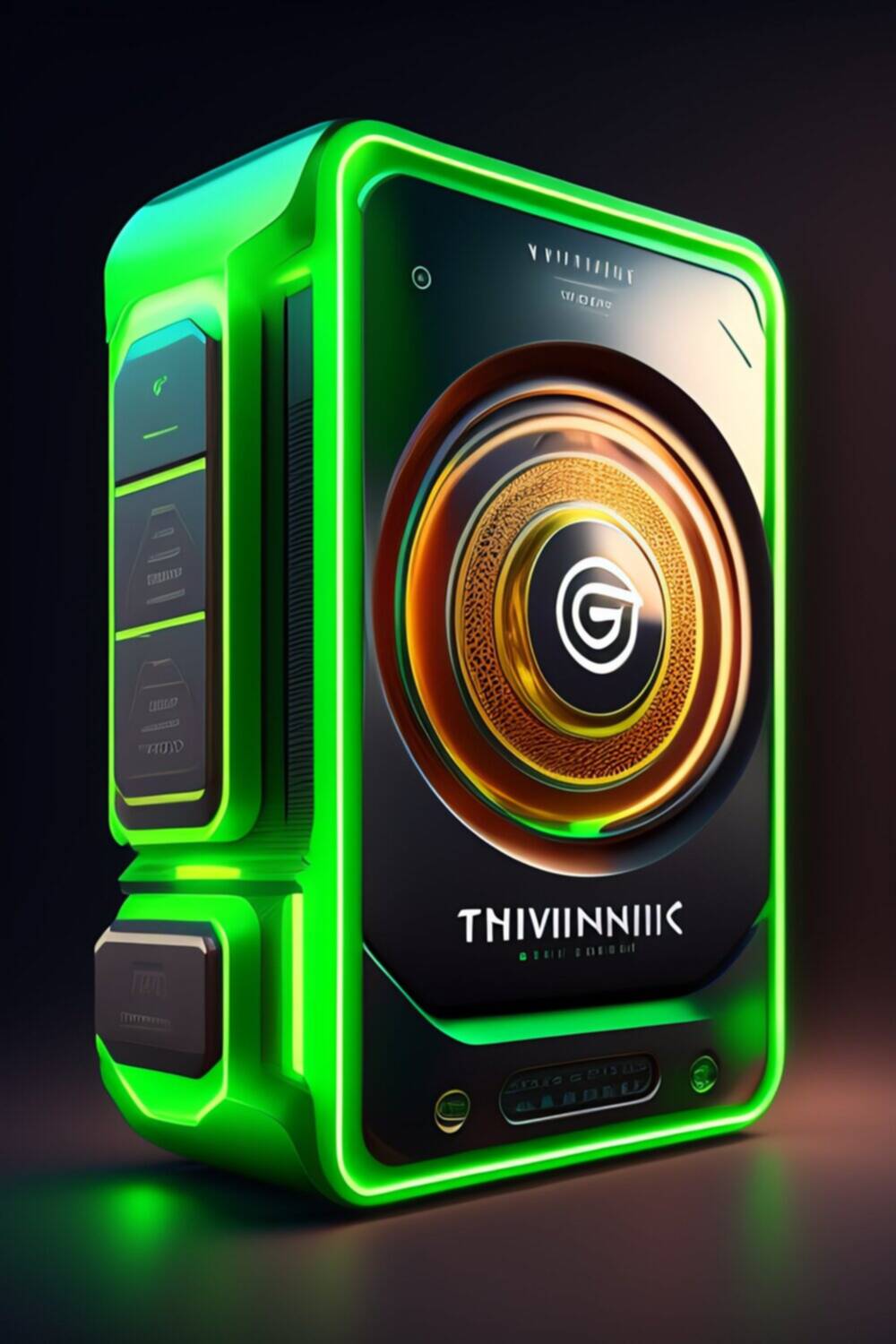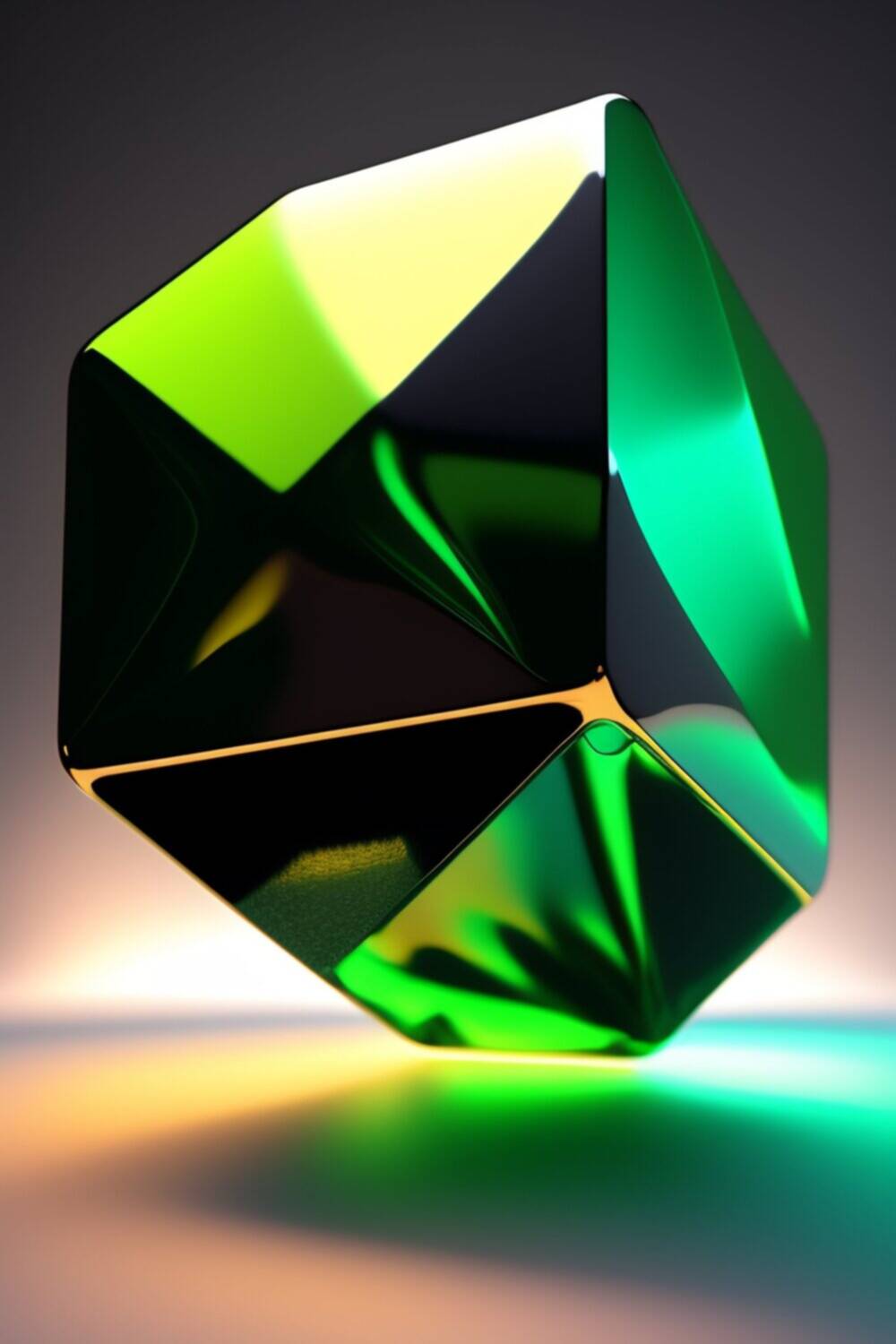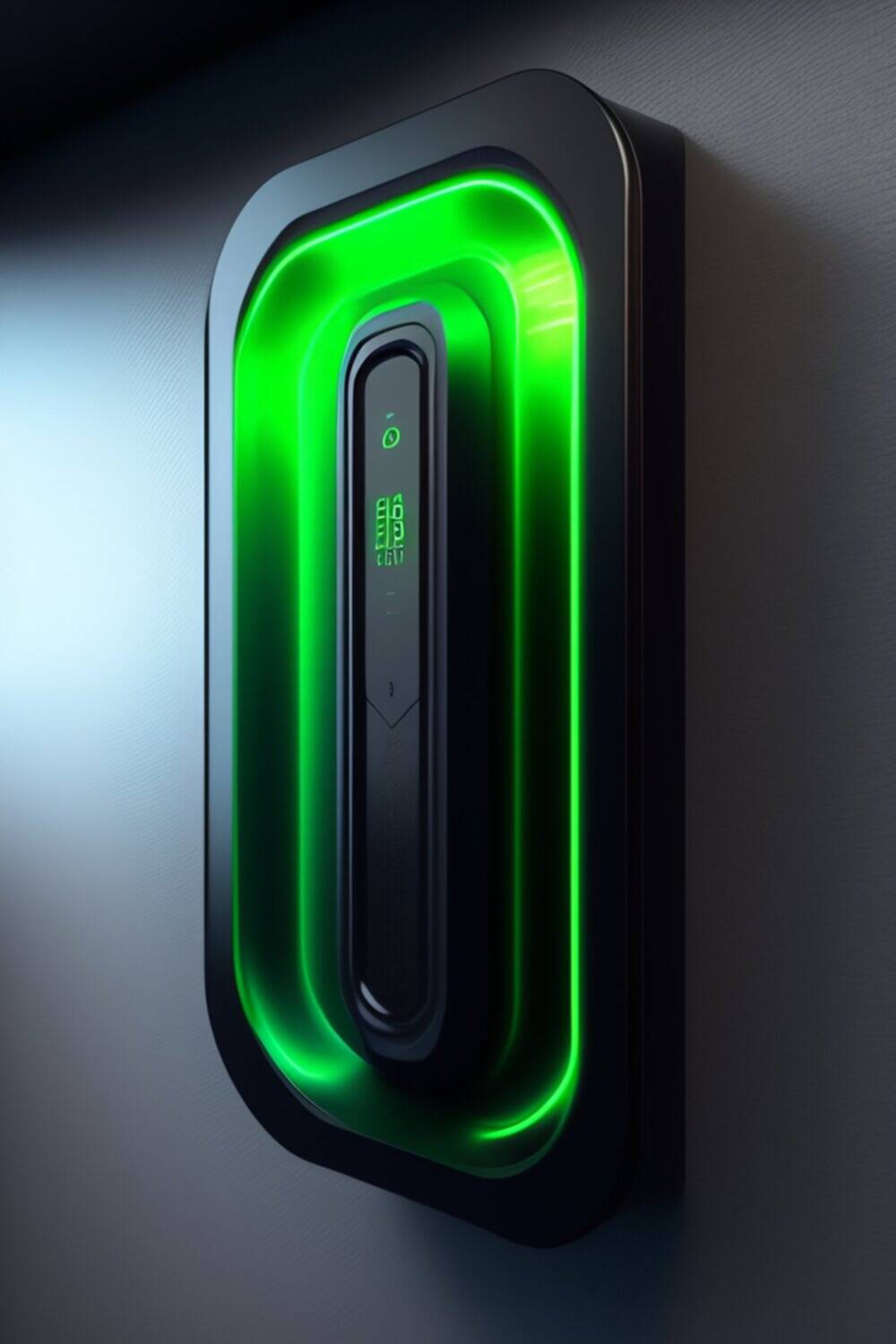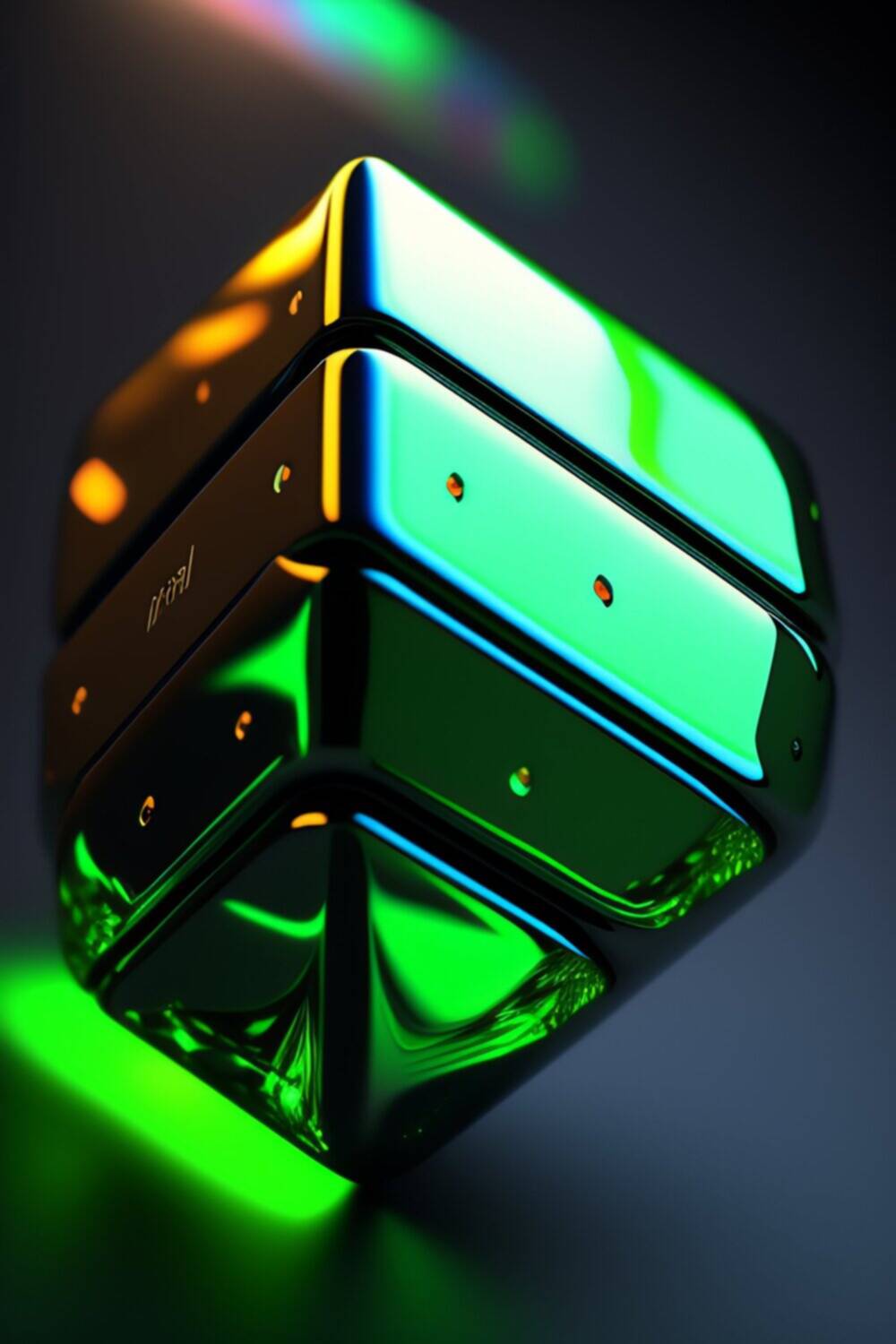Compare the Nvidia RTX 4070 and Radeon VII graphics cards, examining their performance, gaming capabilities, content creation potential, power efficiency, pricing, and availability. Discover which card suits your needs.
The world of graphics cards is constantly evolving, with manufacturers like Nvidia and AMD pushing the boundaries of performance and innovation. In this article, we will delve into the comparison between the highly anticipated Nvidia RTX 4070 and its competitor, the Radeon VII. These two graphics cards have generated significant buzz among gaming enthusiasts and professionals alike. Let’s explore their features, performance, power efficiency, pricing, and availability to determine which one might be the better choice for your needs.
Introduction
Graphics cards play a vital role in delivering immersive gaming experiences, powering content creation, and accelerating complex computational tasks. The Nvidia RTX 4070 and Radeon VII are flagship offerings from their respective manufacturers, targeting gamers, designers, and professionals who demand top-tier performance. By comparing their specifications, capabilities, and real-world performance, we can gain a better understanding of their strengths and weaknesses.
Overview of Nvidia RTX 4070 and Radeon VII
Before diving into the detailed comparison, let’s provide a brief overview of the Nvidia RTX 4070 and Radeon VII.
The Nvidia RTX 4070 is the highly anticipated successor to the popular RTX 3070. It is based on Nvidia’s latest Ampere architecture, offering significant performance improvements over its predecessor. The RTX 4070 features a higher number of CUDA cores, enhanced ray tracing capabilities, and improved AI-driven technologies like DLSS (Deep Learning Super Sampling).
On the other hand, the Radeon VII is AMD’s previous-generation flagship graphics card. It is built on the Vega 20 architecture and targets a similar audience as the RTX 4070. The Radeon VII boasts a high number of compute units, ample VRAM, and competitive performance in certain workloads.
Performance Comparison: Gaming
Gaming performance is often a crucial factor when choosing a graphics card. Let’s compare the gaming capabilities of the Nvidia RTX 4070 and Radeon VII.
Gaming Benchmarks
In recent years, Nvidia has dominated the gaming market with its superior performance. The RTX 4070 continues this trend, offering impressive gaming performance across a wide range of titles. Benchmarks reveal significant frame rate improvements over the previous generation, enabling smooth gameplay at high resolutions and detail settings.
While the Radeon VII delivers commendable gaming performance, it falls slightly behind the RTX 4070 in most benchmarks. The AMD card still manages to handle modern games admirably, but Nvidia’s latest offering provides a more compelling gaming experience overall.
Ray Tracing Performance
Ray tracing is a groundbreaking technology that simulates realistic lighting effects in games, significantly enhancing visual fidelity. Nvidia’s RTX series has been at the forefront of ray tracing, and the RTX 4070 further refines this capability.
The RTX 4070 incorporates second-generation RT cores, allowing for more complex ray-traced effects with improved performance. This translates into more realistic reflections, shadows, and lighting in supported games. While the Radeon VII supports ray tracing to some extent, it lacks dedicated hardware for optimal performance, resulting in a less immersive ray-tracing experience.
Performance Comparison: Content Creation and Productivity
Graphics cards are not just about gaming; they also play a vital role in content creation and productivity tasks. Let’s compare how the Nvidia RTX 4070 and Radeon VII perform in these areas.
Video Editing and Rendering
Video editing and rendering workflows benefit from powerful GPUs, as they enable faster processing, smoother timeline playback, and quicker rendering times. The RTX 4070 excels in these tasks, thanks to its increased CUDA core count, efficient video encoding/decoding, and AI-accelerated effects processing.
While the Radeon VII can handle video editing and rendering, it falls slightly short of the RTX 4070’s performance. Professionals who heavily rely on video production may find Nvidia’s offering to be more suitable for their needs.
3D Rendering and Design
In the realm of 3D rendering and design, the RTX 4070 continues to impress. Its improved CUDA core count and dedicated tensor cores provide a significant boost to rendering times in popular software applications like Blender and Autodesk Maya.
The Radeon VII is no slouch in 3D rendering either, but it lags behind the RTX 4070 in terms of performance and efficiency. Professionals involved in complex 3D modeling, animation, and rendering workflows may find Nvidia’s offering to be more compelling.
Machine Learning and AI
Machine learning and AI applications require substantial computational power to train and deploy complex models. The RTX 4070’s dedicated tensor cores and enhanced AI capabilities make it a formidable choice for these workloads. Its ability to accelerate tasks like image recognition, natural language processing, and data analysis is unparalleled.
The Radeon VII, while capable of handling machine learning and AI workloads, does not offer the same level of performance or dedicated hardware support as the RTX 4070. Professionals working extensively in these fields may benefit greatly from Nvidia’s offering.
Power Efficiency and Cooling
Efficiency and cooling are crucial considerations when choosing a graphics card, as they directly impact system stability, noise levels, and overall power consumption.
Power Consumption
Nvidia’s Ampere architecture brings notable improvements in power efficiency compared to previous generations. The RTX 4070 demonstrates commendable power efficiency, allowing for high-performance gaming and content creation while keeping power draw within reasonable limits.
The Radeon VII, being an older architecture, tends to consume more power under load. Although it provides respectable performance, it falls short in terms of power efficiency when compared to the RTX 4070.
Cooling Solutions
Both the RTX 4070 and Radeon VII come equipped with custom cooling solutions from their respective manufacturers. These solutions aim to keep the graphics cards cool under heavy workloads, ensuring optimal performance and longevity.
Nvidia’s reference and third-party cooling solutions have been praised for their effectiveness in maintaining lower temperatures and quieter operation. AMD’s Radeon VII also features capable cooling, but some users have reported higher temperatures and noise levels, especially during demanding tasks.
Pricing and Availability
Pricing and availability are significant factors for many potential buyers. Let’s take a look at the expected pricing and availability of the Nvidia RTX 4070 and Radeon VII.
Nvidia RTX 4070 Pricing and Release Date
As of now, Nvidia has not officially released the RTX 4070, so exact pricing details are yet to be announced. However, considering the pricing trends of previous generations, we can expect the RTX 4070 to be competitively priced in the high-end segment.
Regarding availability, Nvidia has been improving its supply chain, but demand for graphics cards remains high. It is advisable to closely monitor official announcements and trusted retailers to secure a unit upon release.
Radeon VII Pricing and Availability
The Radeon VII was launched by AMD at a competitive price point, offering good value for its performance at the time. However, with the release of newer graphics cards, the availability of the Radeon VII has become limited, and it may no longer be widely available through official channels. Interested buyers may have to explore the secondhand market or consider alternative options.
Conclusion
In the battle between the Nvidia RTX 4070 and Radeon VII, both graphics cards offer commendable performance and features. The RTX 4070 excels in gaming, content creation, and AI-accelerated workloads, thanks to its improved architecture and dedicated hardware. On the other hand, the Radeon VII still holds its ground in certain workloads and may appeal to those on a tighter budget.
Ultimately, the choice between the two will depend on individual requirements, priorities, and budget constraints. It is advisable to consider factors such as gaming preferences, specific software compatibility, and future upgrade paths before making a decision.
FAQs (Frequently Asked Questions)
1. Can I use the Nvidia RTX 4070 and Radeon VII in SLI or CrossFire configurations?
No, SLI (Scalable Link Interface) and CrossFire configurations are no longer officially supported by Nvidia and AMD, respectively. These technologies have been phased out in favor of more efficient and scalable solutions.
2. Will the Nvidia RTX 4070 and Radeon VII support HDMI 2.1 and DisplayPort 2.0?
While the RTX 4070 is expected to support HDMI 2.1 and DisplayPort 2.0, the Radeon VII supports DisplayPort 1.4 and HDMI 2.0b. It’s essential to check the official specifications for each card to confirm the supported connectivity options.
3. Are there any recommended power supply requirements for the RTX 4070 and Radeon VII?
Both graphics cards require a robust power supply to ensure stable operation. The exact power supply requirements may vary depending on the specific system configuration and other components. It is recommended to refer to the manufacturer’s guidelines and specifications for the optimal power supply wattage.
4. Can the RTX 4070 and Radeon VII handle 4K gaming?
Yes, both the RTX 4070 and Radeon VII are capable of handling 4K gaming. However, the RTX 4070 provides better performance and ray tracing capabilities, resulting in a more immersive gaming experience at higher resolutions.
5. Is it worth upgrading from the previous generation to the RTX 4070 or Radeon VII?
The decision to upgrade depends on several factors, including your current graphics card, desired performance improvements, and budget. If you are using an older graphics card or require significant performance gains, upgrading to the RTX 4070 or Radeon VII can provide a noticeable boost in gaming and productivity tasks. However, it is essential to consider the overall system balance and ensure other components can leverage the full potential of the new graphics card.



